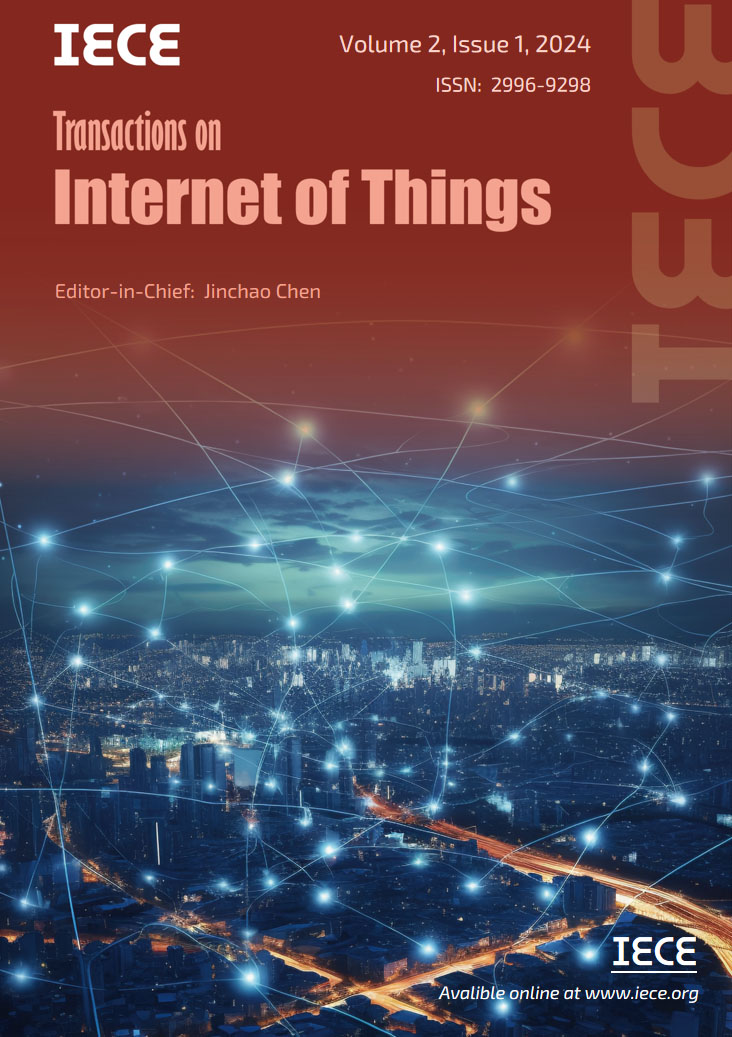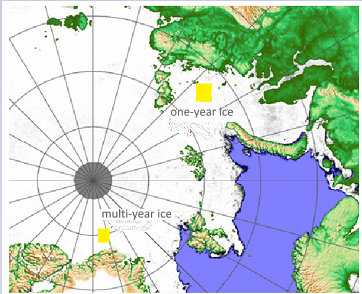Abstract
To enhance the LOMAX algorithm for sea ice concentration analysis in the polar regions, SSM/I 91.6GHz data was utilized, addressing the underuse of higher frequency data. The refinement process involved redefining PCT values for one-year and multi-year ice regions through both interpolation and least squares methods. Moreover, band operations were conducted to facilitate Arctic multi-year ice concentration retrieval. Comparative analyses with the NT algorithm indicated that the Arctic sea ice extents determined by both algorithms were similar, affirming the credibility of the modified LOMAX algorithm. When examining the results for March and September, the updated LOMAX algorithm demonstrated improved accuracy over the NT algorithm, especially under summer ice melt conditions, highlighting the enhanced performance and reliability of the refined algorithm in various seasonal contexts.
Keywords
LOMAX
Multi-year ice concentration
91.6 GHz
Funding
This work was supported without any funding.
Cite This Article
APA Style
Zhao, Y., Wang, X., & Zhang, Z. (2024). Advancements in Multi-Year Ice Concentration Estimation from SSM/I 91.6GHz Observations. IECE Transactions on Internet of Things, 2(1), 26–35. https://doi.org/10.62762/TIOT.2024.682080
Publisher's Note
IECE stays neutral with regard to jurisdictional claims in published maps and institutional affiliations.
Rights and permissions
Institute of Emerging and Computer Engineers (IECE) or its licensor (e.g. a society or other partner) holds exclusive rights to this article under a publishing agreement with the author(s) or other rightsholder(s); author self-archiving of the accepted manuscript version of this article is solely governed by the terms of such publishing agreement and applicable law.


 Submit Manuscript
Edit a Special Issue
Submit Manuscript
Edit a Special Issue

